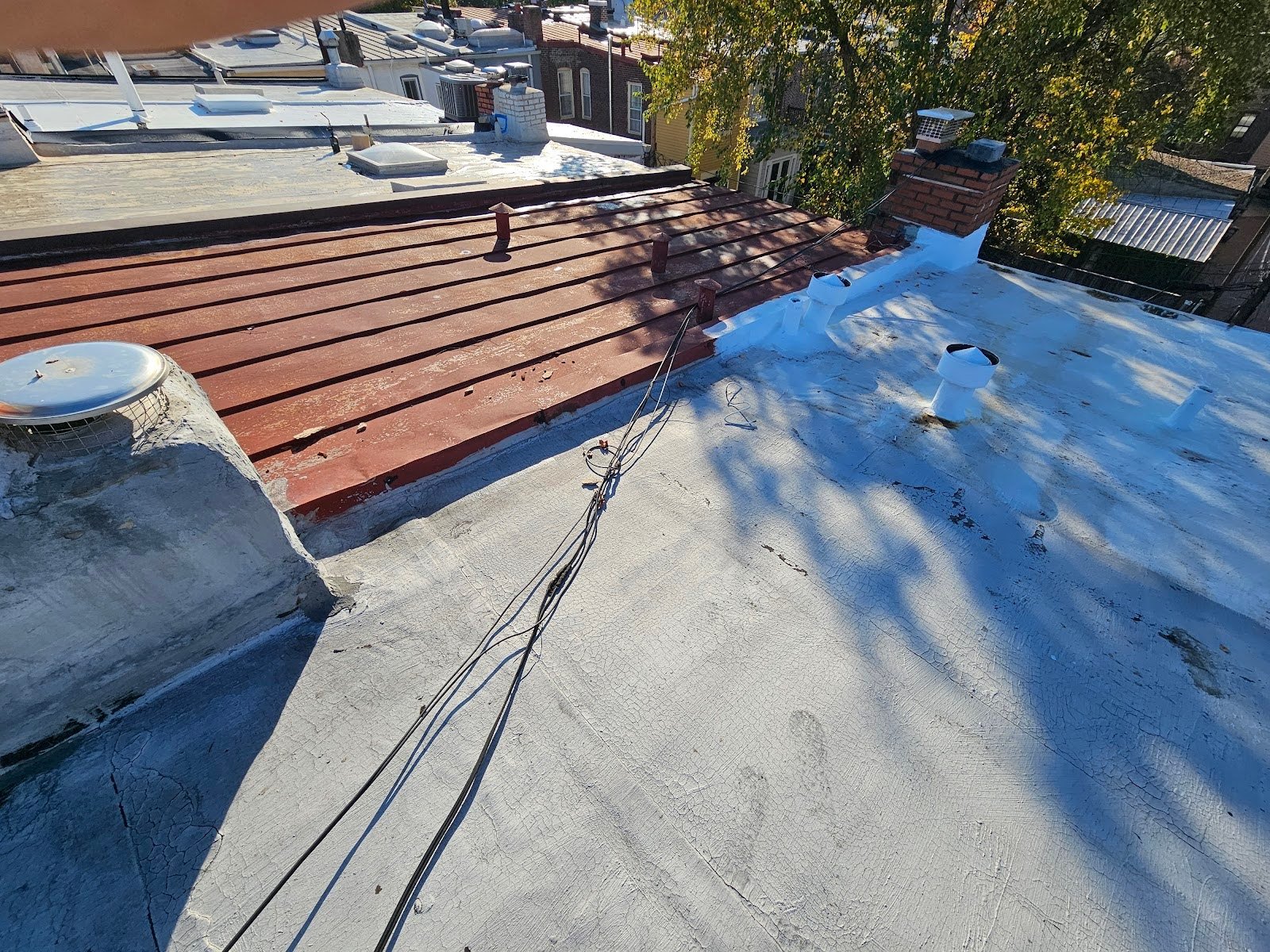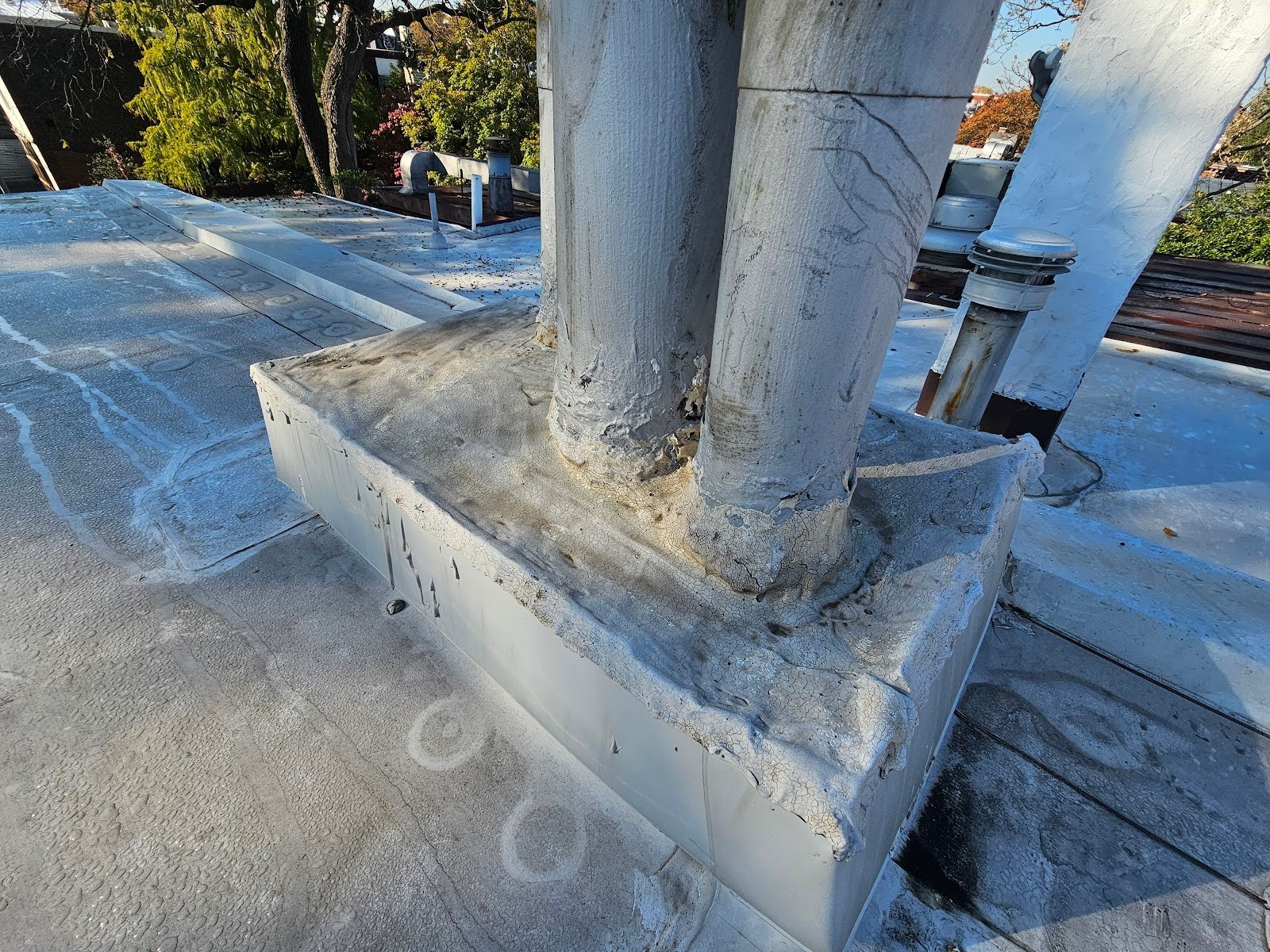Cap Nails and Their Role in Roofing Weak Points
Everyday, out there in the field, we see a variety of different things. Some of them are good, but many of them are bad and some of them are even just ugly. Once in a while we see things that don’t belong at all. Sometimes we even see cap nails in a low slope type installation or exposed fastener heads in a low slope roof membrane. These elements don’t belong in a low slope or on a low slope roof at all. Unless they’re installed in a vertical coping or termination, flat roof systems should not have exposed faster at all.
Cap nails are generally made for underlayment paper used in shingle roof installation, not flat roofs. But, sometimes residential roofers are hired to do low slope type repairs or low slope roof installations. They are often not properly trained and often don’t know what they’re doing, but homeowners often are unable to tell the difference between a roofer from outside of the city who is not accustomed to working with city roofs and often homeowners don’t understand the simple differences between these two completely different types of buildings and roof systems.
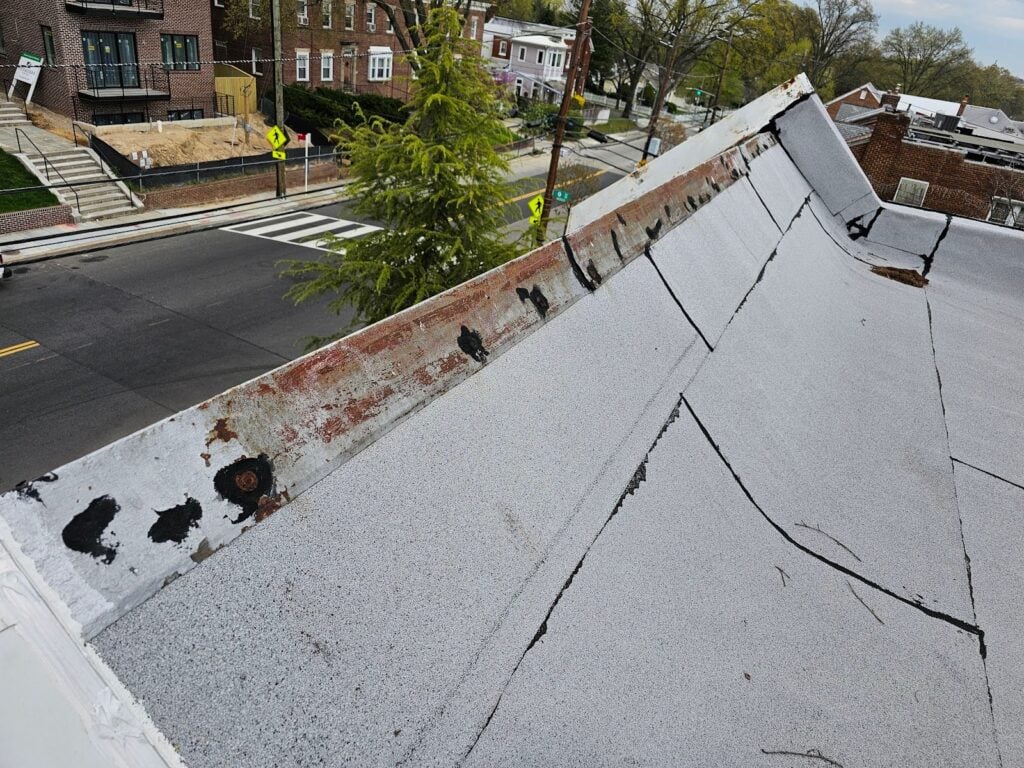
Installing almost any type of fasteners in the horizontal plane of a low slope roof is a recipe for problems. It generally or often leads to leakage. Here, in the picture above and the picture below, you can see the ferrous metal ridge cap at the transition between the front mansard and the low slope roof at the back of the mansard. The cap metal is likely historic, as is apparent by the ferrous metal. Ferrous metals are not often used in modern or contemporary types of installations.
Nonetheless, ferrous metals can be preserved and maintained, if treated properly. Proper treatment involves recoating and or removal of the ferrous oxidized surface. Often, ferrous metals can be salvaged by application of a chemical converter which modifies the metal on a molecular level and allows for bondability of successive coats of paints. These paints then preserve the substrate metals to allow them to survive for longer periods of time.
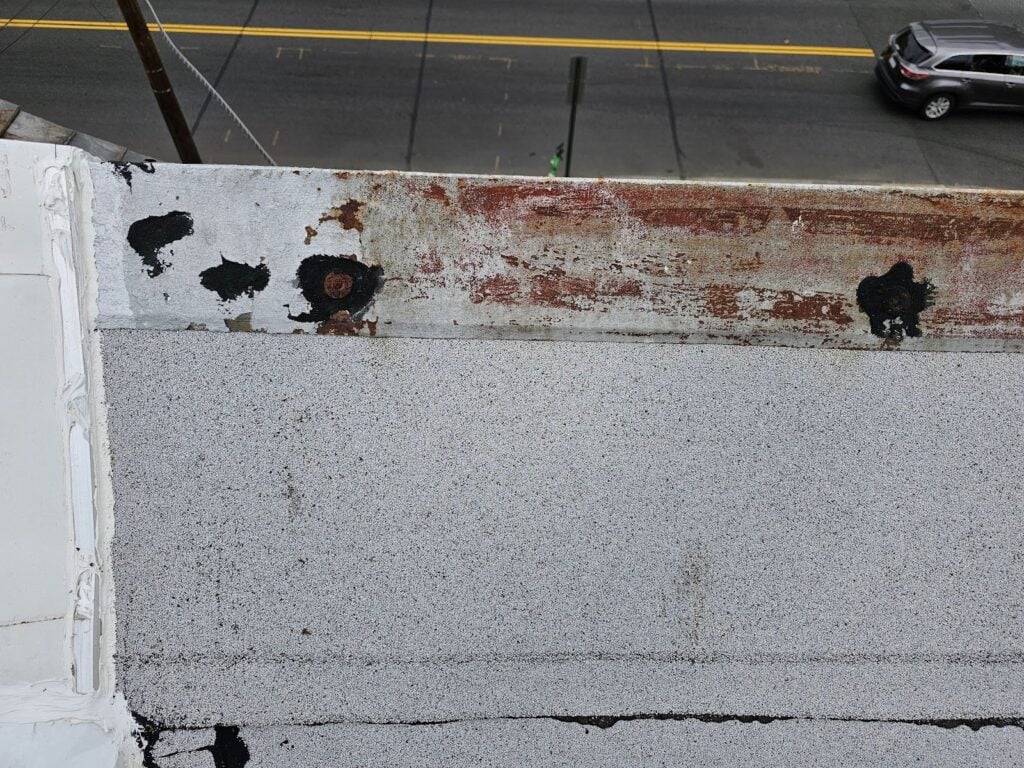
Prior installers or contractors have installed Ferris cap nails at this location. You can see that they’ve attempted to cover or surround these cap nails with an asphaltic mastic. Asphaltic mastics are generally insufficient for exposed surfaces in low slope Roots because asphaltic mastics generally lack an inherent resistance to the deteriorating characteristics associated with exposure to UV, in sunlight.
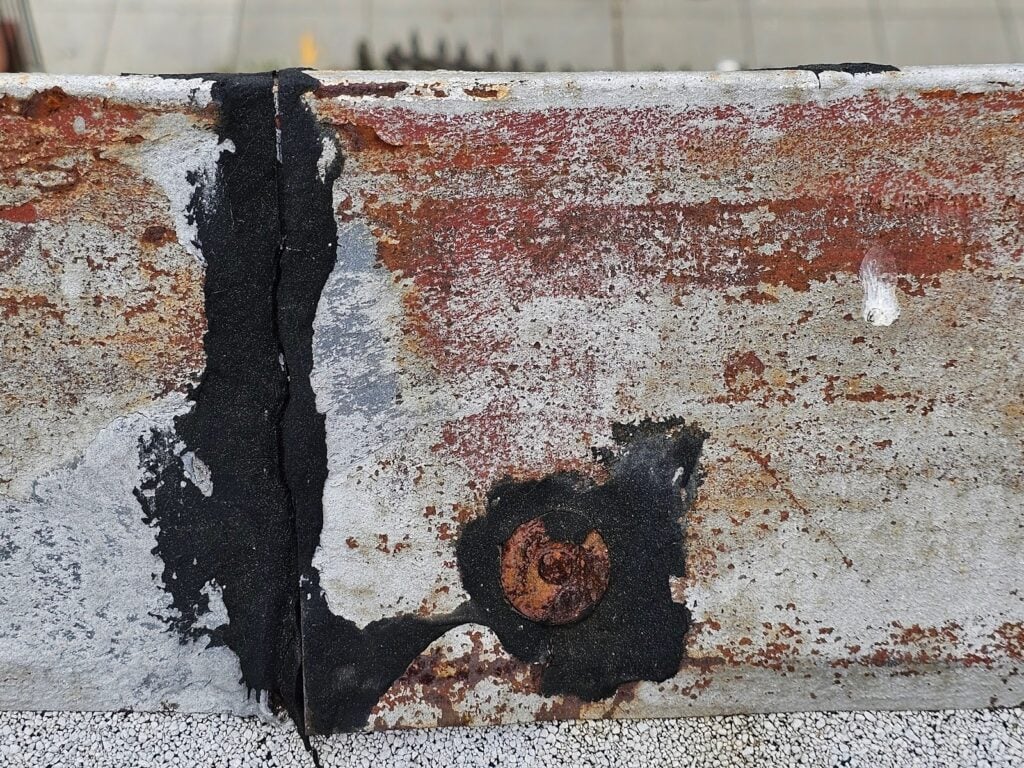
Even though asphaltic mastics cannot withstand exposure to UV, they still have practical purposes in certain types of uses. For example, asphaltic mastics can be used for a short-term or temporary type application to stop an active leak. In fact, some types of asphaltic mastics can be effectively applied even in wet conditions. Most longer lasting and stronger or higher durability polymers lack the ability to bond during wet conditions. In an emergency type application, an asphaltic mastic might be a good or practical type of solution but it should be considered a short-term alternative only.
Untrained contractors might not understand this distinction. Here, for example, someone applied this mastic, intending it to be used as a longer-term type application. Unfortunately, since these mastics lack an inherent resistance to UV, they deteriorate very quickly.
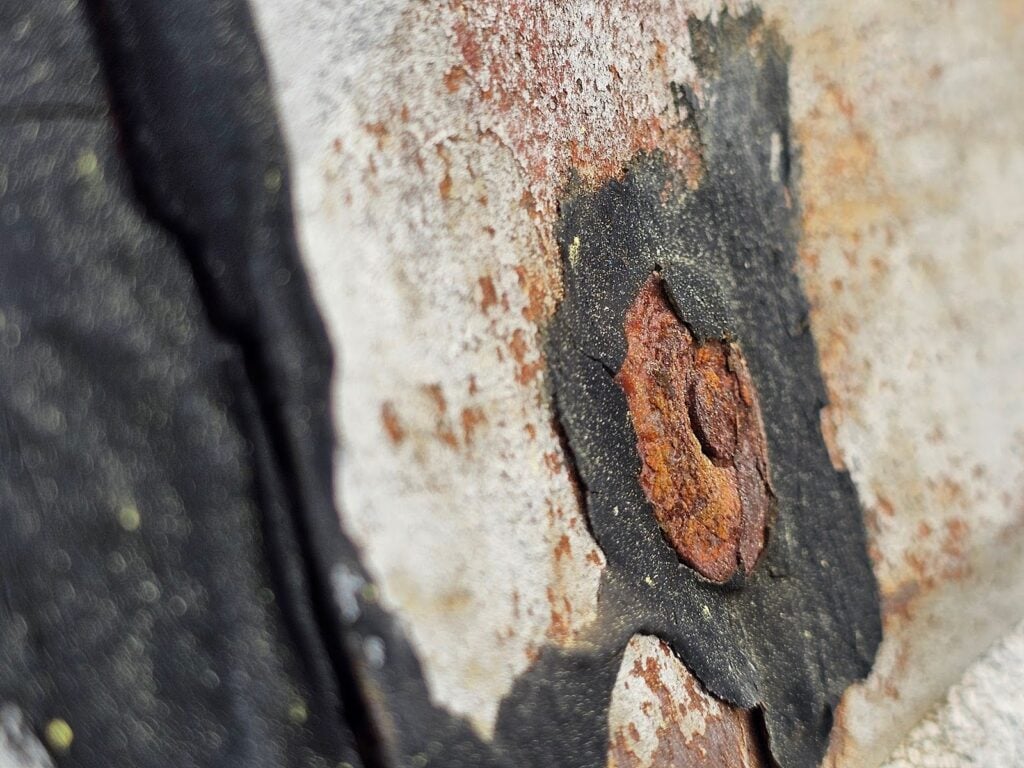
When you look closely, you can see, both that the edges of the mastic or delaminating from the substrate and the heads of the cap nails are oxidizing and also deteriorating. In time, this deterioration will lead to failure and leakage.
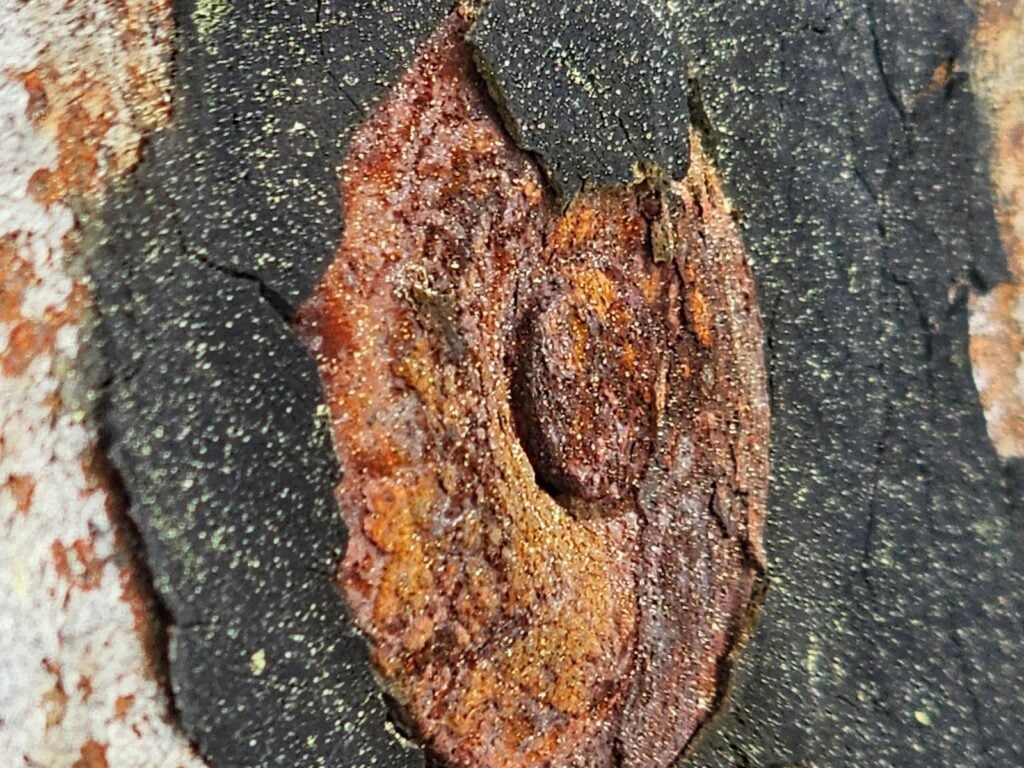
The mansard, itself, is clad with a ten inch wide Del Carmen slate tile. This particular type of slate is made from natural stone. Synthetic stones are also often used in contemporary replacements, but they don’t look the same, particularly when viewed up close.
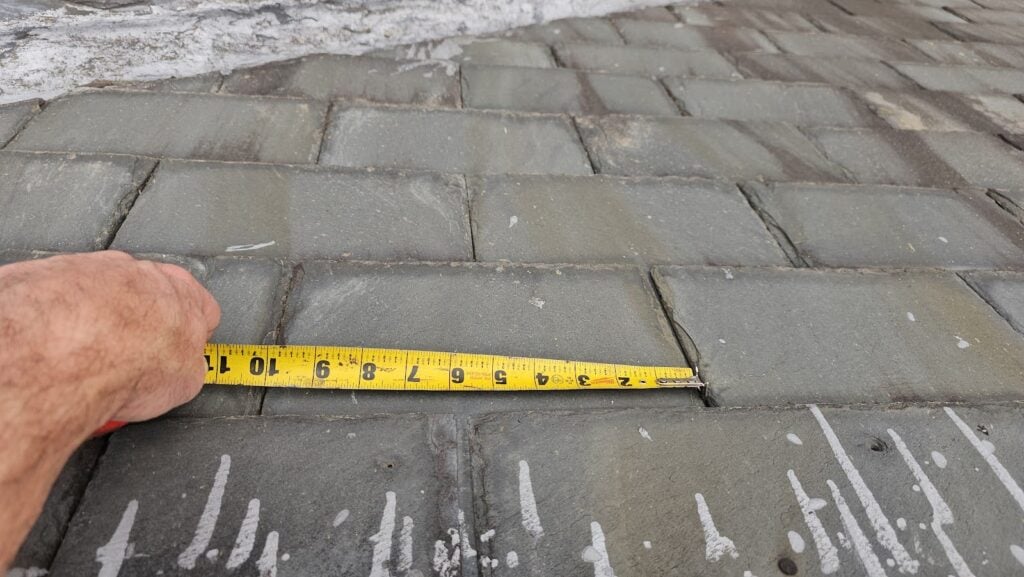
The picture below shows a view or angle looking down the back of several successive roof systems, viewing the back or rear sides of the front mansard roof. At these locations, the low slope roof will turn upward to meet the higher edge of the front mansard.
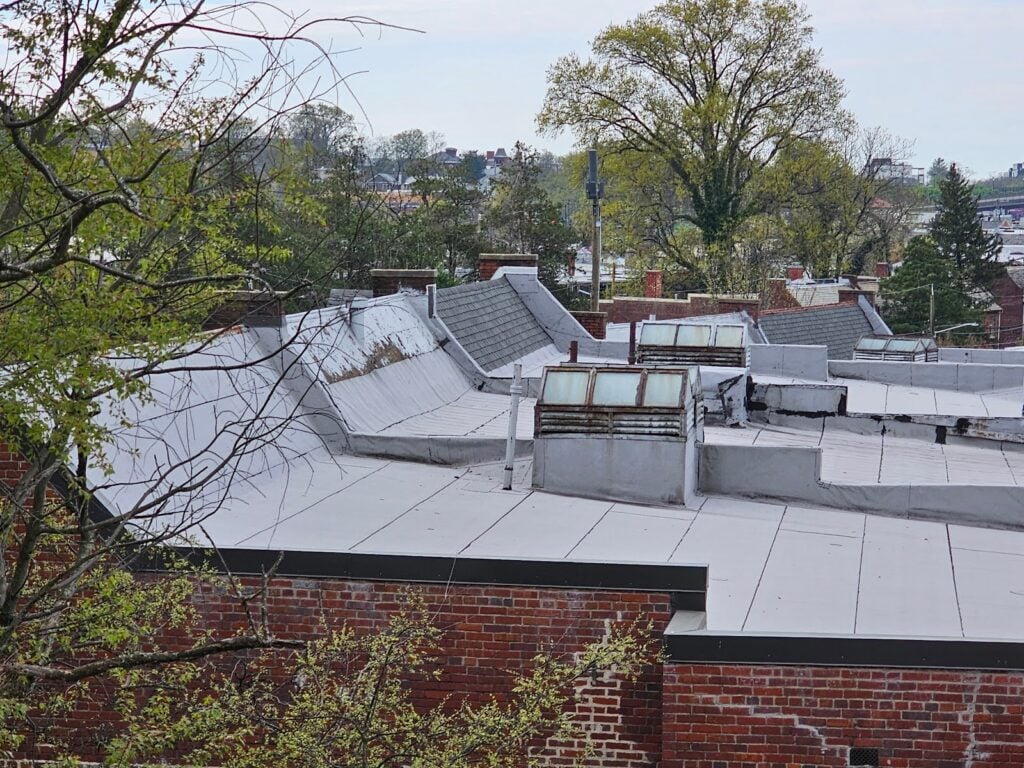
We provide this information here on our blog, and our website, to help our customers and future clients, and we recommend every building owner in DC who values the longevity of their roof (and their investments) and building use a contractor who values the simple and important principles of proper roof construction like Dupont Roofing DC. Our company specializes in flat roofing here in Washington DC and we’re happy to help building owners of almost all types.
Learn more about our company and the proper techniques of working with roofing on historic buildings in Washington DC here on our blog at DupontRoofingDC.com, and you can call us at (202) 840-8698 and email us at dupontroofingdc@gmail.com. We are happy to help and at least talk through options.

